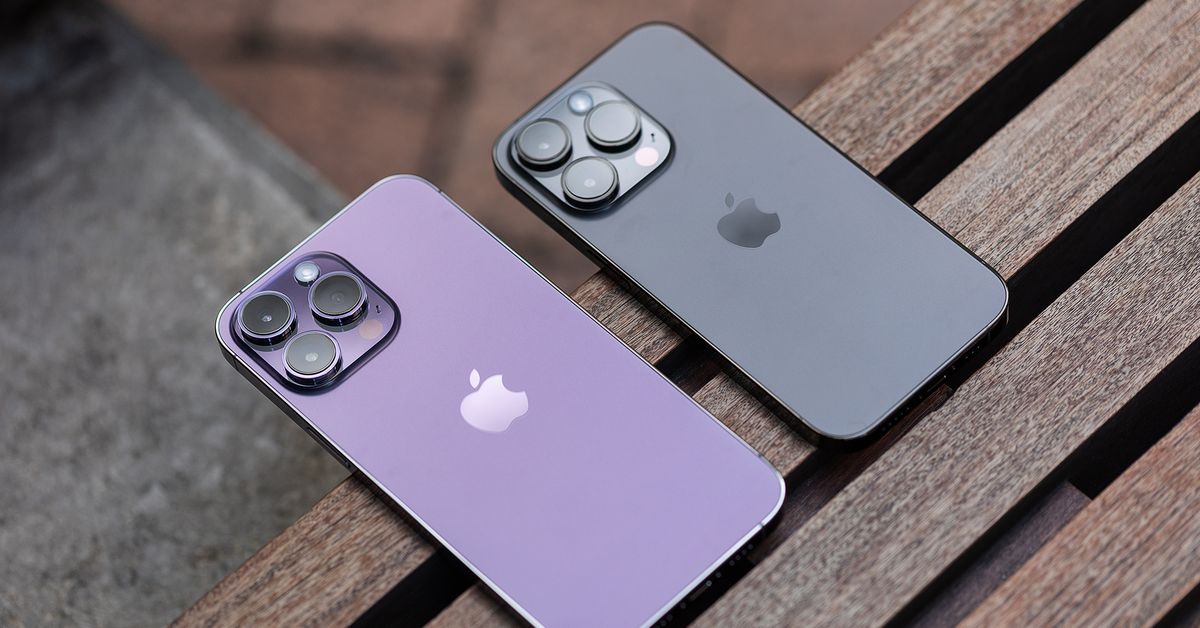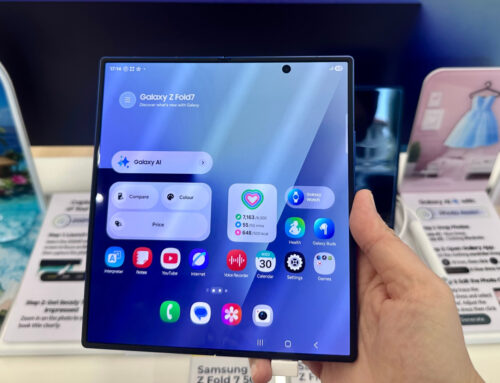Some iPhone 14 and iPhone 14 Pro owners have complaints reminiscent of the bad old days of “batterygate,” reporting that with less than a year of service on the clock, their phones are already reporting more battery degradation than expected. Sam Kohl of AppleTrack tweeted in July that his iPhone 14 Pro had already dropped to a maximum capacity of 90 percent, a much faster dropoff than previous iPhones he’d owned, and the thread shows many other people with the same experience.
Kohl followed up with a video posted yesterday about the issue, saying it makes it hard for him to recommend the phone, especially considering how much it costs with a price of $999.
Officially, Apple says iPhone batteries should “retain up to 80 percent of its original capacity at 500 complete charge cycles.” The iPhone 15 series is expected to launch soon, and recent rumors have claimed those devices will see a battery size increase of 10 – 18 percent compared to current devices.
He’s not the only one seeing these kinds of numbers. Verge alum and Wall Street Journal senior tech columnist Joanna Stern wrote in her newsletter just this week that her iPhone 14 Pro is showing 88 percent battery capacity. Around The Verge, reports are mixed, with two 14 Pros down to 93 and 91 percent and another at 97 percent. In previous years, most haven’t seen a drop in reported capacity until two years of use, at least.
And that’s even before we account for the fact that it’s more expensive to replace the battery on an iPhone 14 or iPhone 14 Pro once it’s out of its one-year warranty (assuming you don’t have AppleCare or some other extended service plan). Last year the price went up by $30, from $69 on earlier devices to $99, although at least these days, you can always go the DIY route if you just don’t want to visit an Apple Store or third-party repair shop.
The battery health monitor for iPhones was added in the same iOS 11.3 update that allowed users to toggle the troublesome performance throttling that was the hallmark of batterygate, which Apple said was a measure to protect iPhones from aging batteries, and eventually led to some large settlements.
We’ve contacted Apple about these reports and will update if we receive any additional information.







